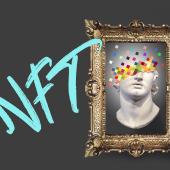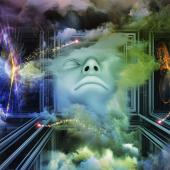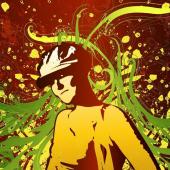Virtual Reality
Virtual reality applications in art state a new way to dive into images. Already in the 80s, there were science fiction novels that took up the concept of virtual reality. Today, virtual reality has become real.
To generate virtual reality the user requires the appropriate hardware and software. In the field of hardware especially the head mountain screen, big screens or the cave are known. To deliver the image to the right eye, there are active and passive technologies. Shutter glasses are active ones, for example, polarizer or infitec count to the passive technologies. For the interactions in virtual space one uses a 3D mouse, data gloves or flysticks. Known programs, with which you can create complex three-dimensional worlds in real time, are Maya, 3D Studio Max, Blender, ScetchUp, Cinema 4D and other CAD or 3D programs. However, additional software for image and sound is still needed.
In recent years, the art scene has dared to approach virtual reality. In San Francisco, the first virtual reality art show took place in June 2015. The application "Brush Tilt" was presented, which was specificially developed for drawing and painting in the virtual environment. The artwork was transposed with the VR glasses "HTC Vive" and the corresponding 3D controller. This controller can not only project classic colors onto the virtual screen, but it also realizes 3D-animated objects such as clouds, smoke, lightning or rays of light. In live performances an artist thus can design her or his artwork in the video itself.
Another virtual art concept was presented at this year's Ars Electronica Festival in Linz. The project "The Machine To Be Another" shows users what it feels like to be in the body of another person. Here, two users receive the respective opposite point-of-view that is changed in the VR goggles, and one suddenly sees down on the body of another person. An impressive sensory experience.
The 3D artist Mackenzie Cauley allows the viewer to dive into the fascinating art world of Van Gogh by means of virtual reality. He has transformed Van Gogh's art works "Nachtcafè" and "Cafe Terrace at Night" into a 3D world, which one can explore with a VR headset independently.




